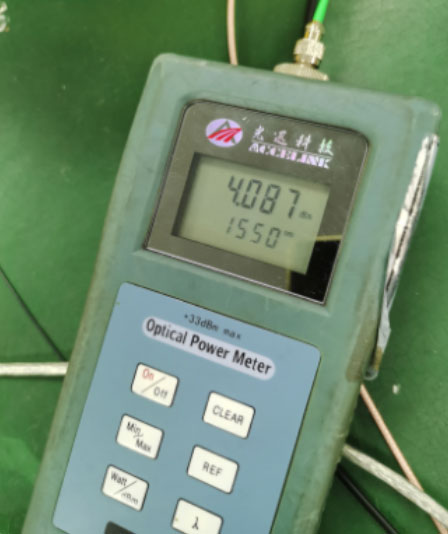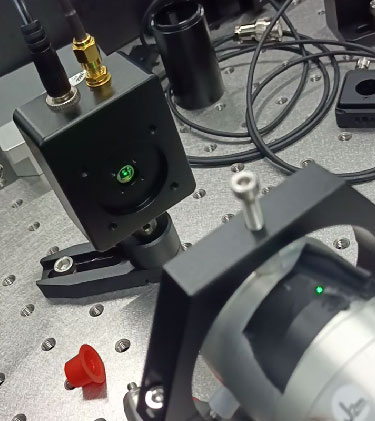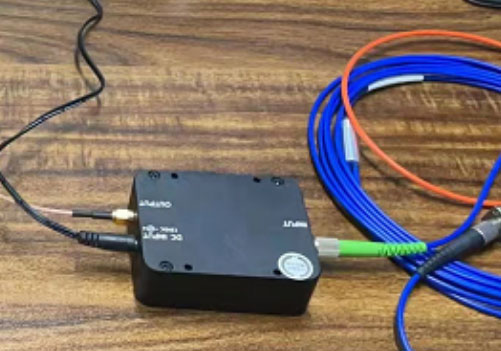How to choose the right photodetector?
2023-03-26 11:59:29
I. Background information
Due to the wide variety of photodetector materials, photosensitive surface size, bandwidth, etc., and the different peripheral circuits of each manufacturer, we can find hundreds of different photodetector modules. So whether a random selection to meet our application needs, it is certainly not, according to their own applications to choose the right photodetector to get a good output effect.
II. Core parameters
Determine the selection of a photoelectric detector, in advance to understand the following core parameters, which will be half the work for your selection.
| Parameter Name | Explanation of parameters | Notes |
|---|---|---|
| Wavelength | What is the wavelength of light that your application needs to detect? | For example: 1550nm, 980nm, etc. |
| Input method | Is it fiber optic input or free space optical input? | |
| Optical power into the detector | How much optical power is coupled to the photodetector, not the emitted power of the laser. | Fiber input: You can directly measure the optical power with an optical power meter. Free space input: You can also measure it with a light power meter for spatial light, and then estimate the light power coupled to the detector based on the spot size and the size of the photosensitive surface of the photodetector you choose. |
| Bandwidth | It can be interpreted as how fast the signal of the light you want to detect changes | Bandwidth is not the greater the better, bandwidth and gain are mutually exclusive, high bandwidth, gain will be small, gain, that bandwidth will become smaller, you need to make trade-offs according to their own applications. |
III、How to choose the model
Detector wavelength: For wavelengths in the range of 900-1700nm, please choose a photodetector made of InGaAs, and for wavelengths in the visible range (400-1100nm), please choose a photodetector made of Si.
Input method: If it is fiber optic input, please choose the photo detector with FC/APC interface, if it is free space light, please choose the photo detector with free space light input.
Detection optical power: Depending on the amount of optical power entering the detector, it needs to be between the minimum detection optical power and saturation optical power of the detector.
Bandwidth and gain: they are mutually exclusive, if you require a very low bandwidth, the gain can be very high, and the result is that you can detect very weak light. If you require high bandwidth, such as hundreds of M bandwidth, but also to detect very low optical power, usually APD avalanche photodetector to meet the needs.
There is also a relationship between the rising edge and the bandwidth.

The rising edge time is the transition time for the signal to rise from 10% to 90% of the maximum steady-state value. The bandwidth is -3dB bandwidth.
Measuring optical power with an optical power meter

IV. Free-space optical input vs. fiber optic input

Free-space optical

fiber optic input
V. If you don't know how to choose, you can also consult our engineers.
Email:Hqy@ybphotonics.com
WhatApps:+8613427781756 Web | App